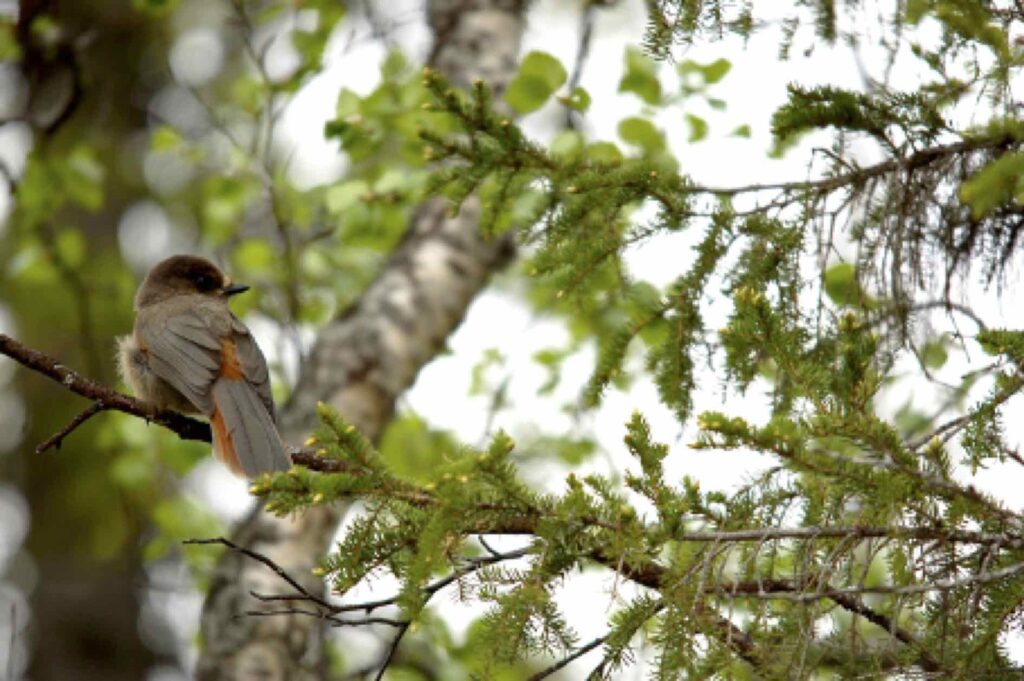
There are several ongoing large-scale monitoring programs in Sweden of direct relevance for biodiversity research. Each program has of course its own primary aim, like providing decision makers with solid and representative time series of how the Swedish forests develop or how the Swedish birds are doing. However, these systematic, standardized and repeated sampling schemes also make up excellent datasets for both fundamental and applied research of highest standard. Not least when they are analysed in relation to each other. Recently we made use of this possibility in a first ever study of how forest bird numbers have developed in relation to changes in forest structure over a large area. We used data from the Swedish Bird Survey (1998–2015) and the Swedish National Forestry Inventory (1983–2014). Both schemes give representative values for changes in both forests and birds over an area of 350,000 km2. What we found, in short, was that the amount of grown-up forest (suitable for forest birds) had increased over this period, in parallel to improvements in forest quality (such as increasing amounts of dead wood and the number of trees left in clear-cuts). Over the same period there was a general increase in the number of forest birds, both among habitat generalists and the more demanding specialists. At the same time, forest birds, just like Swedish birds in general, have been affected by a warming climate. It is likely that increases in forest quantity, quality as well as summer temperatures all have benefitted Swedish forest birds. But the relative contribution of these driving forces remains to be determined.
If you want to know more about research and data from from this group, contact our partners at Lund University and the Swedish University of Agricultural Sciences.
